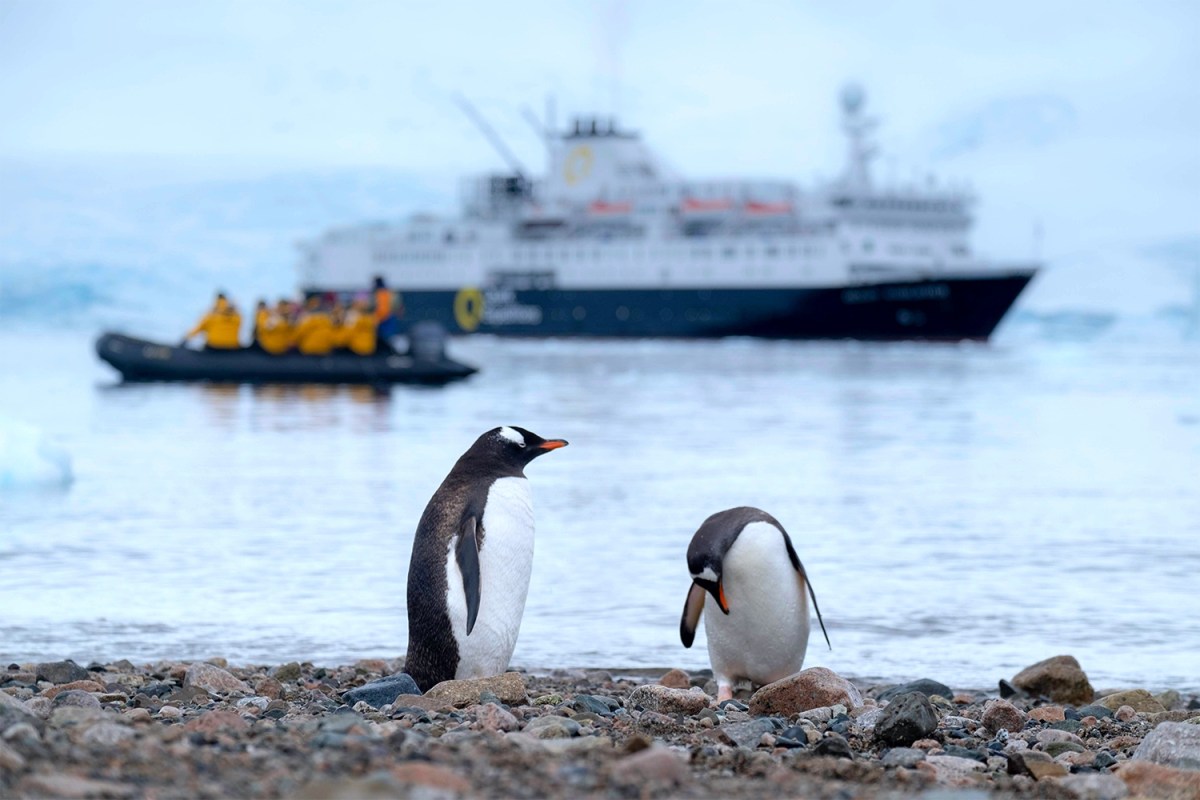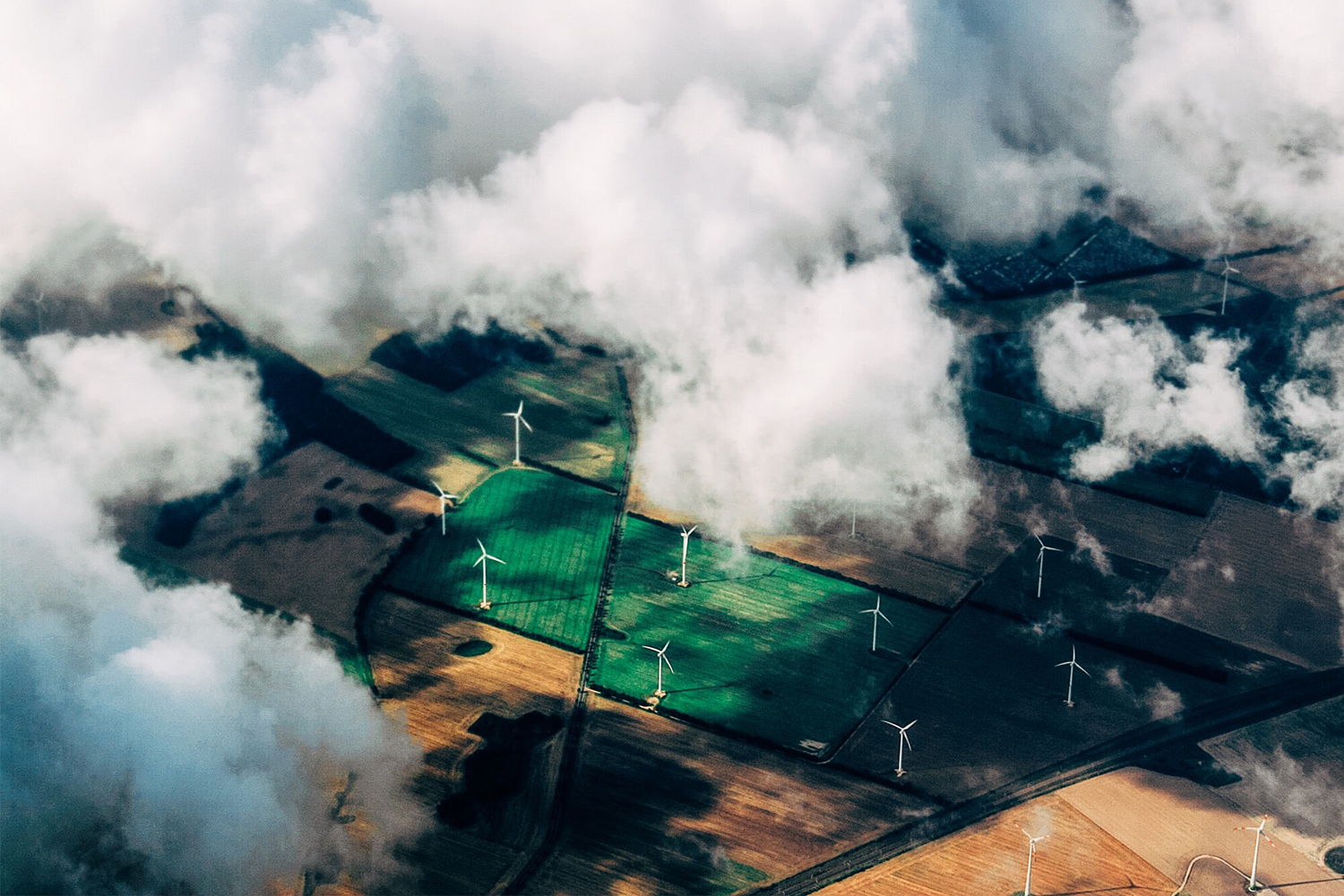Australia currently has an airport in Antarctica. It’s called the Wilkins Aerodrome — named after the Aussie-born polar explorer Sir Hubert Wilkins — and has only been in operation since 2008. Nonetheless, during last year’s season the runway was inoperable for 10 weeks (up from the normal six-week period) because of climate change-induced temperature increases. When it’s too hot, the runway, which is made of blue-ice, becomes unstable.
What is Australia’s solution to this problem? It is not — as logic would lead you to believe — to commit to stronger environmental regulations and policies to mitigate further global heating. Instead, the country plans to replace its current Antarctic aerodrome with a new multibillion-dollar airport.
According to the Guardian, the planned airport would be the largest infrastructure project on the continent and increase the human footprint there by 40%.
“It’s unprecedented in the Antarctic in terms of the scale of investment and the impact on the environment,” Shaun Brooks, an environmental scientist at the Institute of Marine and Antarctic Studies of the University at Tasmania, told the outlet. “Although it is being done in the name of science, very few scientists are enthusiastic. This is more about flag-waving. It is about firming up Australia’s presence and our claim.”
Brooks illustrates the two main criticisms of the airport. First, building an infrastructure project of this size will do incontrovertible harm to the environment (from damaging wildlife habitats to increasing greenhouse gas emissions), harm that even the Australian Antarctic Division recognizes (the project is currently undergoing an environmental review). Then there’s the question of geopolitics: will Australia’s investment in the region spur countries like China, Russia and the U.S. to increase their footprints, and thus add to the destruction?
“Antarctica is special,” Brooks told the Guardian. “Everywhere else in the world, you measure wilderness by what’s left. In Antarctica, it’s still the other way round.”
Thanks for reading InsideHook. Sign up for our daily newsletter and be in the know.


















